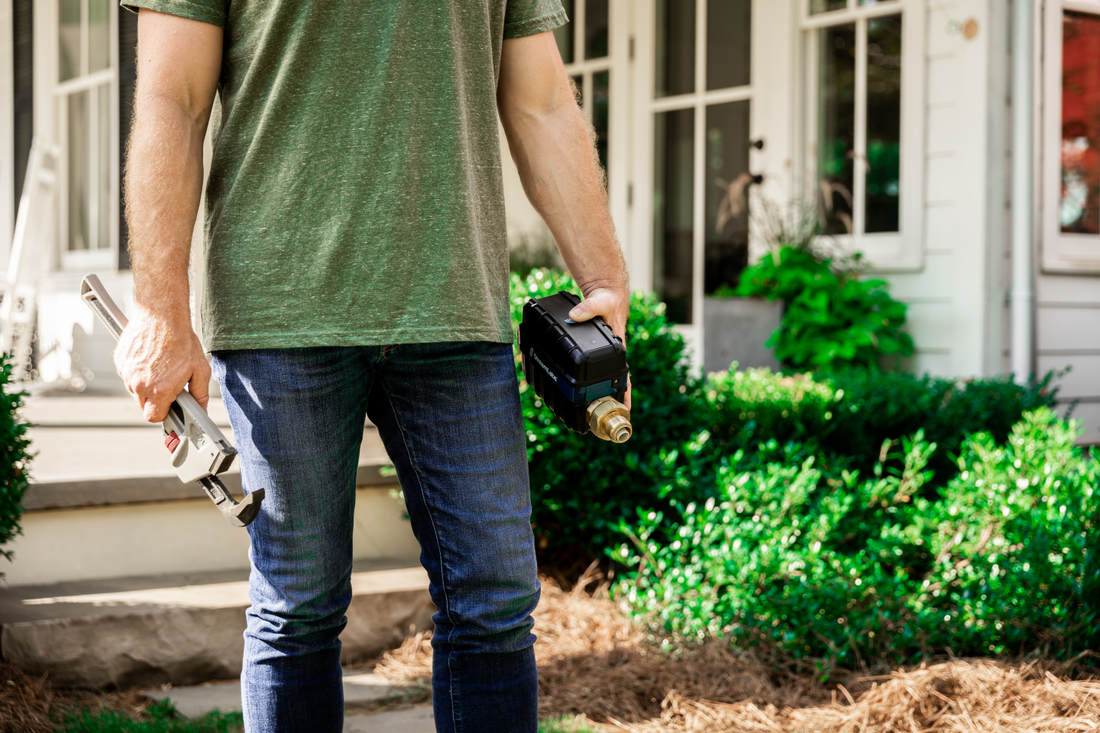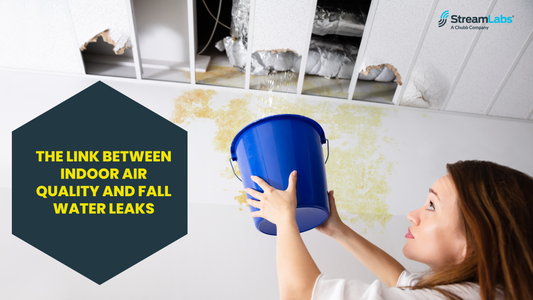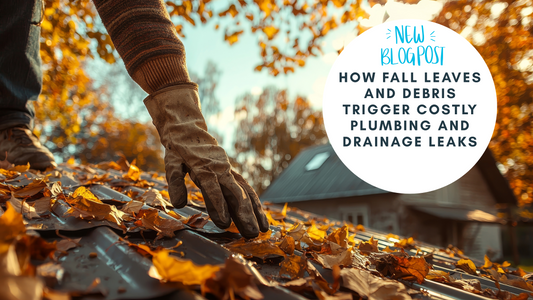Increased water usage in the spring and summer months means a higher possibility of sprinkler system leaks. Learn how to identify and control irrigation leaks quickly.
As warmer weather arrives, lawns are starting to show signs of green, and flowers are coming back to life with the help of spring rains. Many homeowners use sprinkler systems to help these landscapes wake up. And just like indoor plumbing applications, irrigation systems can experience leaks, leading to wasted water and an unpleasant surprise on your next water bill.
An irrigation leak about the thickness of a dime can waste about 6,300 gallons of water per month, according to the Environmental Protection Agency. That’s about 35% more water than a typical household spends monthly on indoor water usage.
Here’s what you need to know about irrigation leaks and how to stop them from becoming serious problems.
Start with a Post-Winter Checkup
Pipes inside your home aren’t the only ones that can freeze. Each spring after you’ve winterized your sprinkler system, be sure to check for frost or freezing damage like cracks along the pipes. In most cases, draining or blowing the water out of the irrigation lines in the fall can prevent any problems caused by freezing and expansion.
Now is also a good time to double-check your irrigation system’s controller to ensure the schedule is set correctly.
How to Tell If an Irrigation System is Leaking
Wasted water and pricey utility bills aren’t the only risks associated with outdoor sprinkler leaks. Other problems can occur if a leak is large or left unattended. Sinkholes and underground cavities can form and damage property as well as utility lines. Plus, unequal watering because of a faulty sprinkler system can kill plants, ruining parts of your landscape.
Knowing the environmental and data-driven signs that you have a leak can help minimize damage and save you money on repairs or water bills.
Here are a few things to look for:
- Dry landscape. A lawn or yard that looks like it hasn’t been watered is an obvious sign that something may be wrong with your sprinkler system. You may also notice that most areas are dry while a specific area is green. That might help you find the broken sprinkler pipe underground.
- Higher water bill. If you haven’t been using significantly more water indoors but get a significantly higher than normal bill after you begin irrigation, you could have an irrigation leak. However, there could also be a leak somewhere else in the house. You may want to install a dedicated irrigation meter so it’s easier to determine whether the problem is indoors or outdoors.
- Pooling water around the sprinkler head. While your overall landscape may be dry due to uneven watering, leak areas can make themselves known with puddles around the sprinkler head or in other spots around the yard that suggest excessive water flow.
- Low pressure. Like other pipe leaks, pressure can tell you what’s happening within a system. And when it’s too low, it can mean that water flow is off, indicating a possible leak. This usually looks like sprinkler heads spouting very little water or, in some cases, they won’t raise at all.
- Visible damage. Just as you did with your post-winter checkup, look for cracked pipes as well as broken solenoid valves or damaged sprinkler heads.
The Easiest Way to Stop Irrigation Leaks? Install Irrigation Leak Detection Equipment.
Water-usage habits change seasonally as you start to water your lawn and wash cars at home. With that increase comes a higher risk for leaks. And while you can never predict when one will happen, you can catch it before it turns into a large, more costly problem using an irrigation leak detection device.
The StreamLabs Monitor and StreamLabs Control are two options that work with existing home sprinkler systems. The free StreamLabs app flags abnormalities in water usage and instantly notifies you so you to take control of the situation. Both devices will send you leak alerts, and the Control gives you the option to shut off the water from your phone. You can also install multiple StreamLabs devices in your home. For example, you may choose to install a Control on your main incoming water line, and install a Monitor on the branch line that supplies your irrigation system. In this case, Smart Alerts(R) learning leak detection can specifically learn and monitor your irrigation system. With the StreamLabs app, you can keep an eye on multiple devices in one place.
Regardless of which device or devices you choose, you can set it up to support your irrigation system and keep leaks on the lockdown. Here’s how it works.
Install the Leak Device on the Main Water Line
Make sure the StreamLabs leak detector device is installed on the main water line downstream of any branches off the water supply line. This ensures it will track water usage of all systems connected to those branches.
Establish Normal Water Usage Trends
Using a function called Smart Alerts within the StreamLabs app, the installed devices undergo a seven-day learning period in which they map the home to benchmark “normal” water usage trends. Everything outside of that will be flagged as abnormal usage.
If you ran Smart Alerts before you started running irrigation, simply go to the Alerts section of the app and re-start the learning period. Don’t worry — you’ll still get leak alerts during the learning period to keep your home protected. You may want to do this every season since your water usage may change throughout the year. This helps ensure normal water usage for that time period isn’t accidentally flagged.
Customize Water Alert Settings
Consider adjusting your StreamLabs device alerts for abnormal water use depending on your lifestyle. If you work from home, for instance, you can set the Control to Home mode and use manual alert settings to set custom thresholds for alerts while the Control is in learning mode for Smart Alerts.
Get Started with StreamLabs
Stopping a leak in its tracks early on helps you identify issues more quickly and reduce risk so you can repair small problems without first experiencing major damage or water waste. Compare our StreamLabs Monitor and Control devices and explore which product is right for you.





